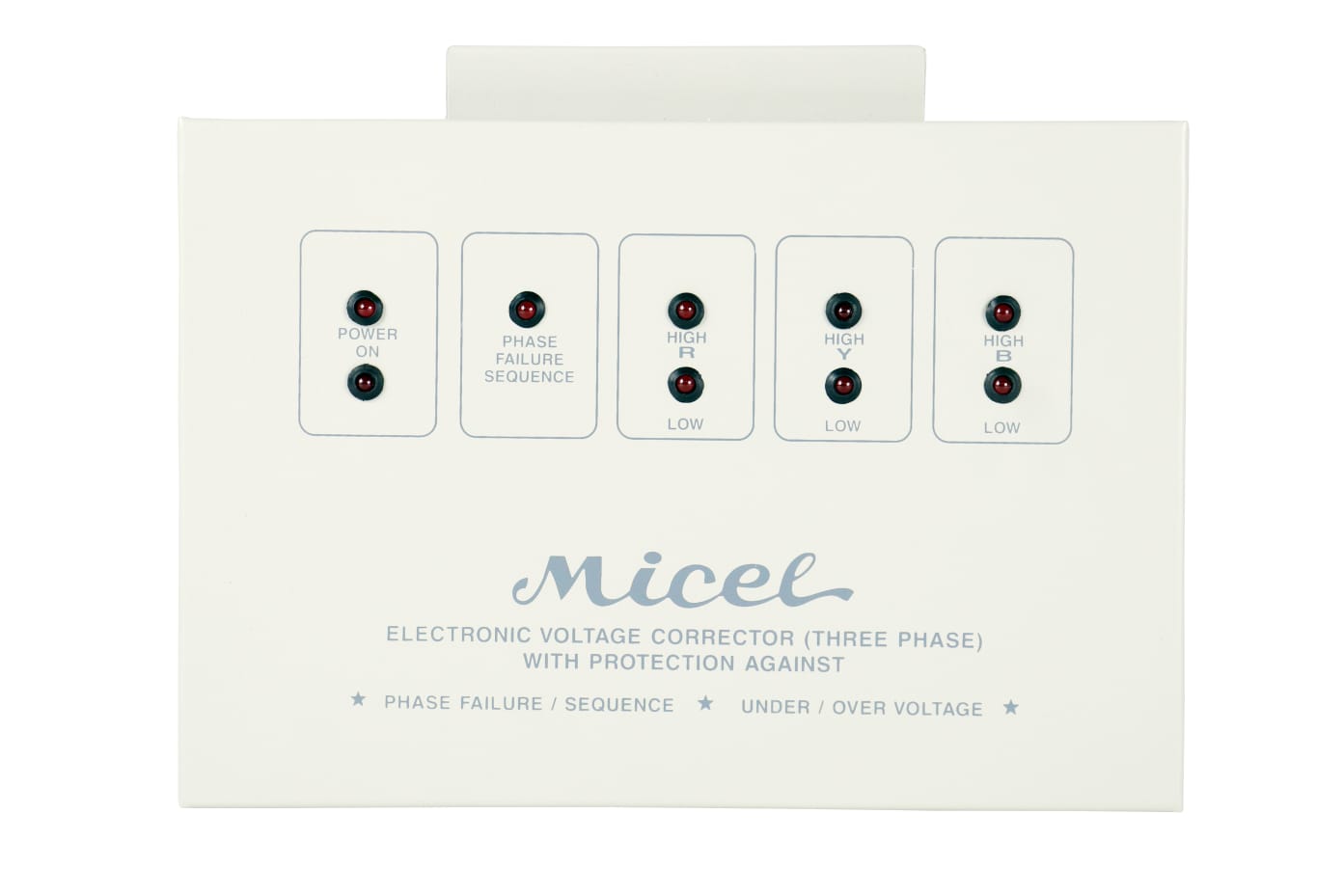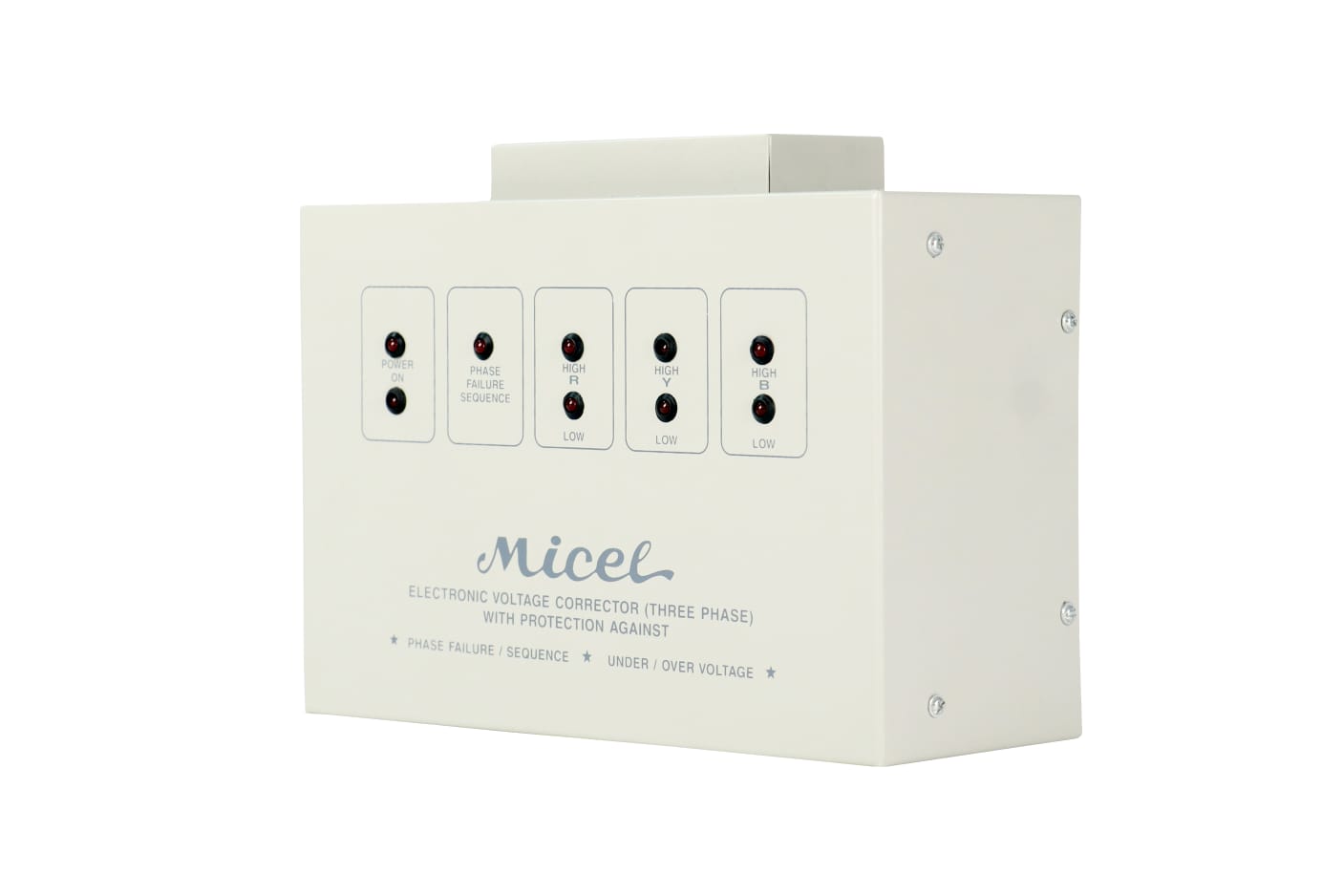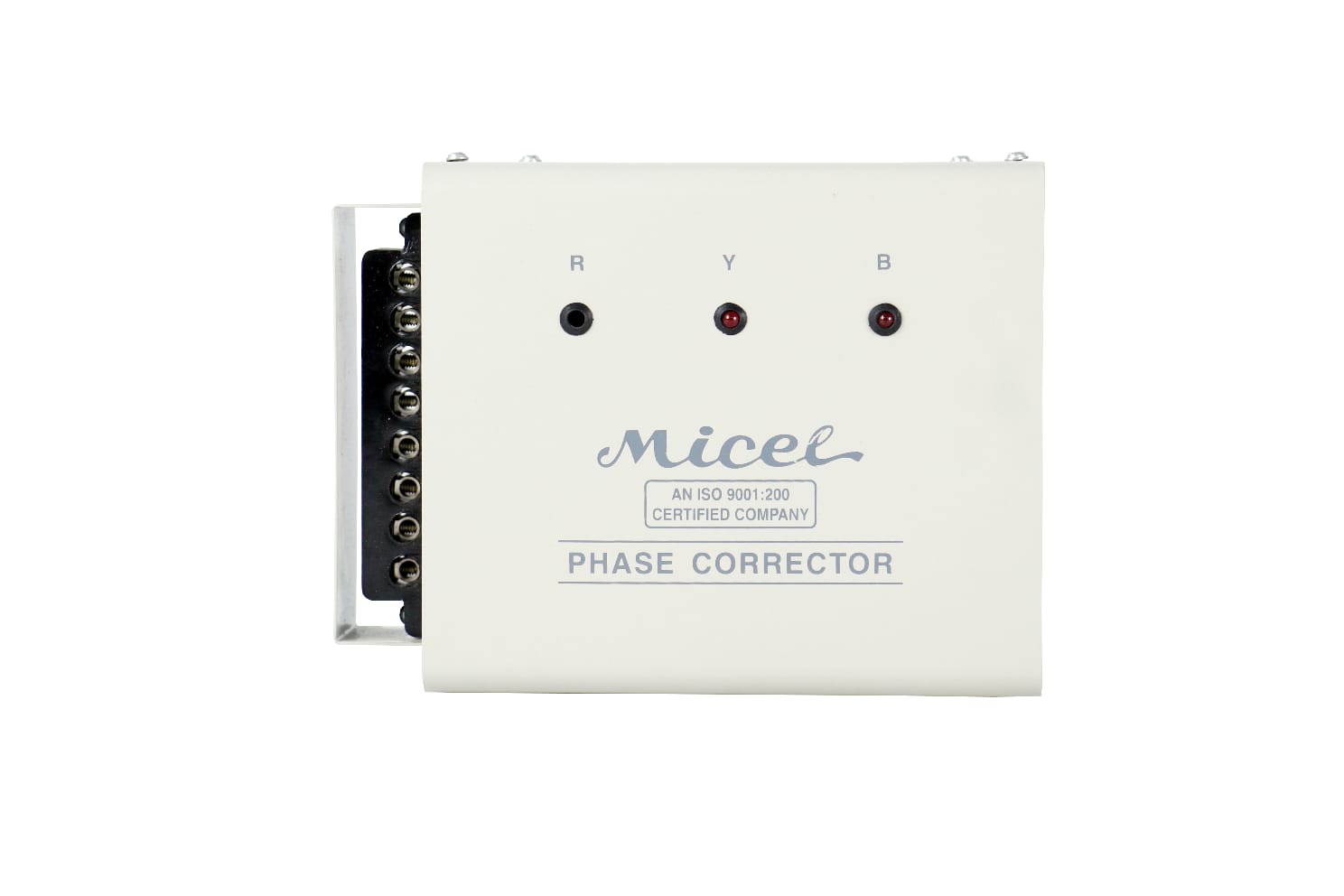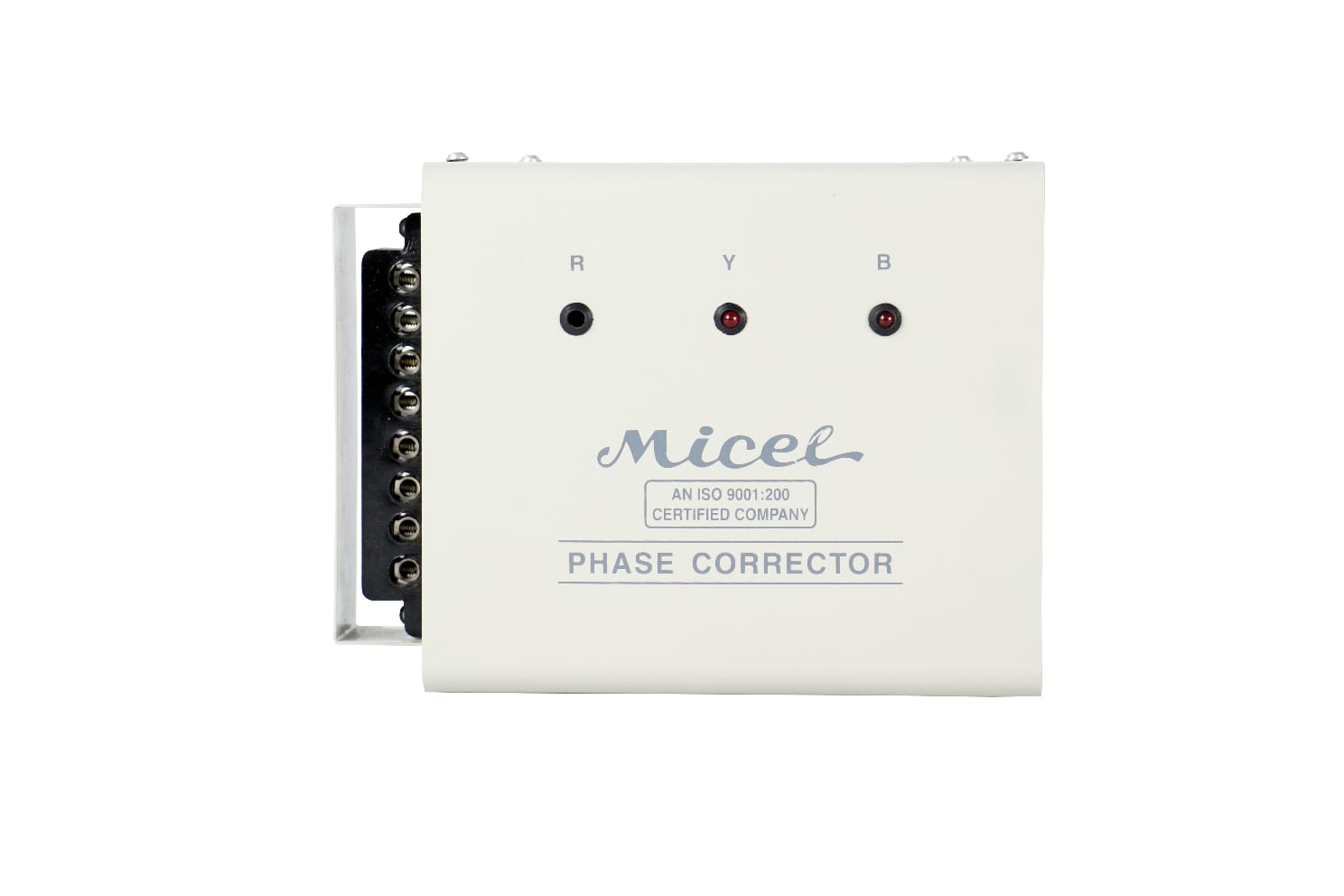- +91-9354552816
- micelindia@yahoo.com
- GST No. 09AAHPG4293J1ZE
Phase Corrector

There are two fundamentally different operation principles on which a phase corrector plate can be based:
- One or both surfaces of the plate can have a tailored surface relief, which implies a spatially variable path length through the plate material (e.g. an optical glass). As the refractive index of that material is substantially higher than that of air, even small surface features lead to substantial phase changes.
- Other phase corrector plates utilize a variation of the refractive index in the medium, while having flat (and typically parallel) surfaces.
The same distinction is made for optical lenses: these can either have curved (convex or concave) surfaces or an internal refractive index variation; in the latter case one has a gradient-index lens. Indeed, phase corrector plates are sometimes called aspheric lenses due to their similarity. However, the basic function of a lens is focusing or defocusing light, while phase correctors, as their names says, are used for introducing other kinds of phase changes.
There are also designs involving more than one type of optical material. For example, one may produce a suitable surface profile on a plate with a certain material and cover that with another material having a slightly different refractive index and a flat top surface. Due to the small index contrast, the obtained phase profile is much less dependent on the details of the surface profile. One thus requires a profile with larger elevations, which is easier to produce with sufficient accuracy.






